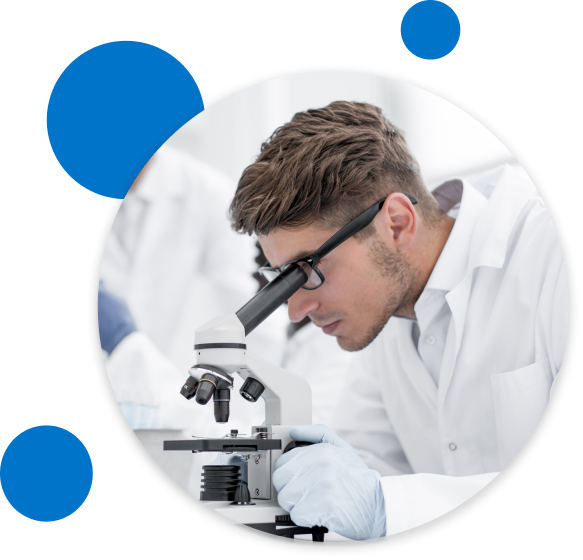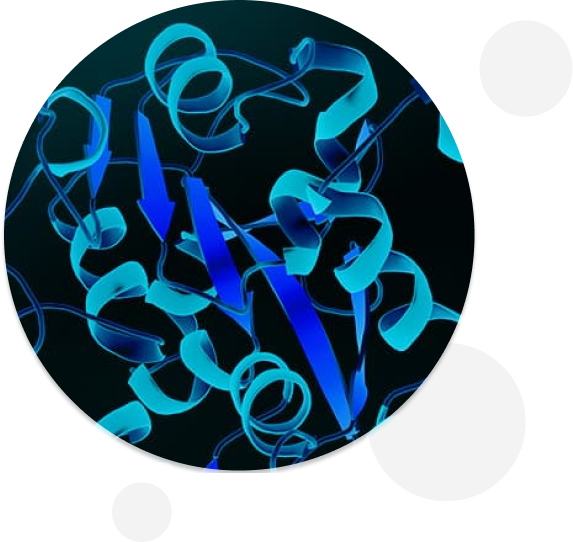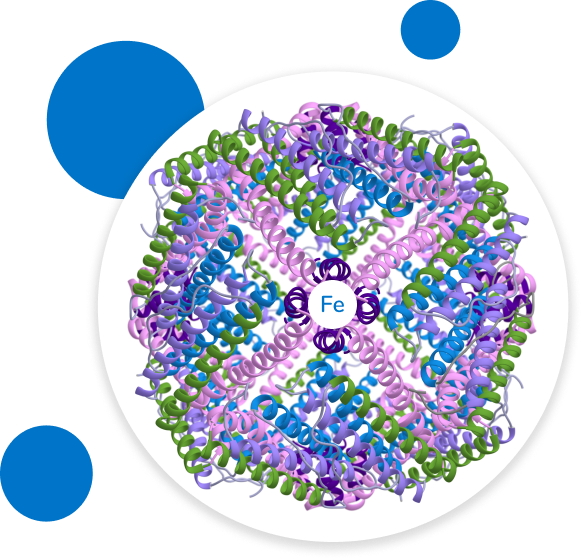
Focus: Scientific
With a chemical composition quite different than that of milk, colostrum is the body’s way of naturally delivering immunoglobulins and other substances (including lactoferrin) to infants. They are absorbed within 24 hours from birth, a time in which the neonate’s gut is not yet mature. It is precisely in this non-selective phase that enterocytes absorb molecules of various sizes, including lactoferrin. At its peak during the first 4 hours following birth, absorption then drops after 12 hours. In breastmilk, lactoferrin is wrapped in a mainly-lipidic composition, protecting it from enzymatic gastro-intestinal attacks originating from the neonate’s GI tract. As a glycoprotein, lactoferrin plays a number of important roles in the body, and its vast immunomodulatory, antimicrobial, anti-inflammatory and antioxidant effects have been well documented.
Lactoferrin is a natural antioxidant that plays an important role in defending the body from inflammation. Its anti-inflammatory activity takes place through the regulation of cytokine production. In addition, lactoferrin binds to free iron generated by cellular destruction, blocking reactive oxygen species from being generated from it and minimizing the inflammation produced by free radicals. These actions have mainly been proven in vitro, in part because lactoferrin consumed orally is denatured by the gut barrier and hardly absorbed at all by the body (approximately 1% absorption). Based on that premise, TDC has devised a protein encapsulation and protection system using liposomes.


Iron absorption
Lactoferrin binds easily to iron, an element that tumours and pathogens need to grow
and develop. By binding to iron, lactoferrin improves its absorption by the
intestine (and thus the body), while also depriving harmful cells of this essential
resource.
Immediately after childbirth, the concentration of lactoferrin in a woman’s
colostrum (breastmilk in the first few days postpartum) is quite high. The role of
lactoferrin in breastmilk is to optimize the absorption of iron in the child’s body,
anywhere from 30% to 70% thanks to the glycoprotein.
By comparison, the iron in cow's milk is absorbed at a
maximum rate of 5% or 10%.